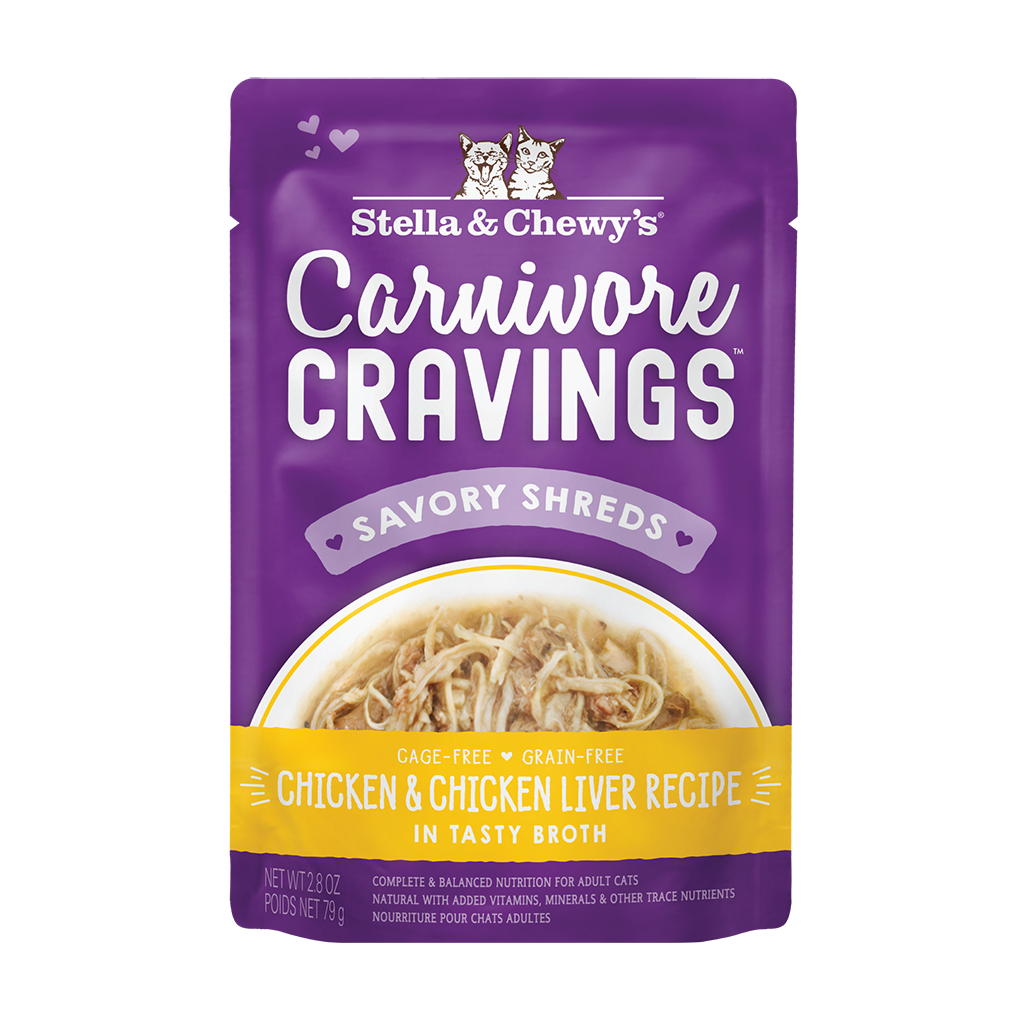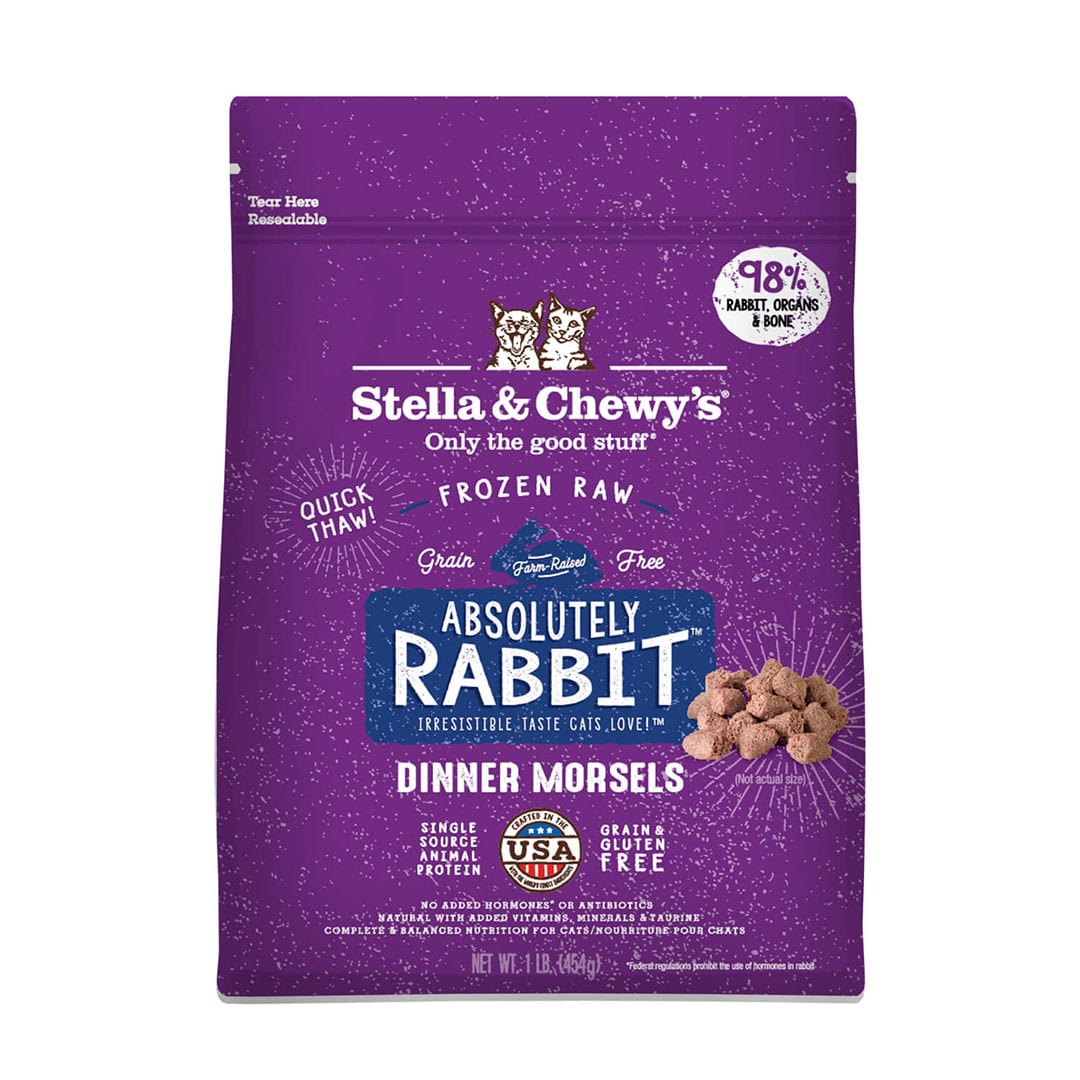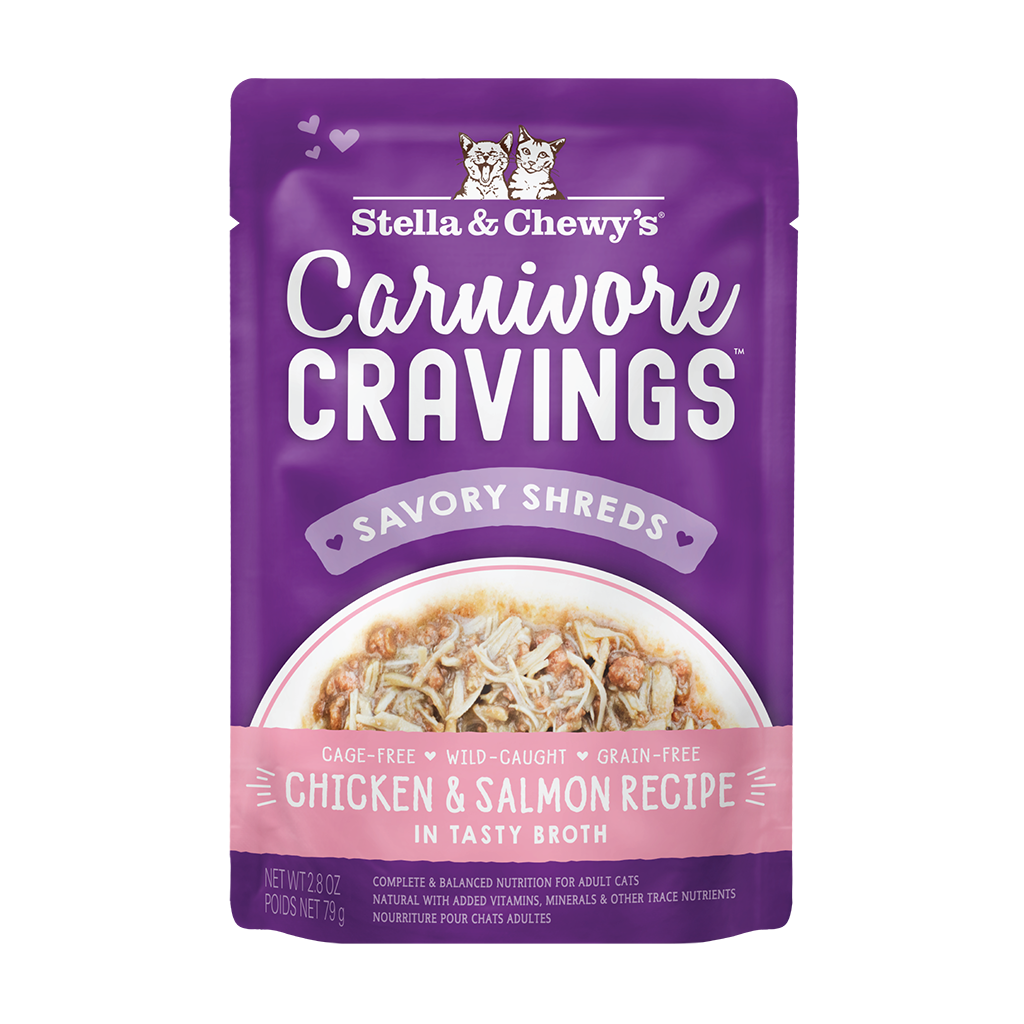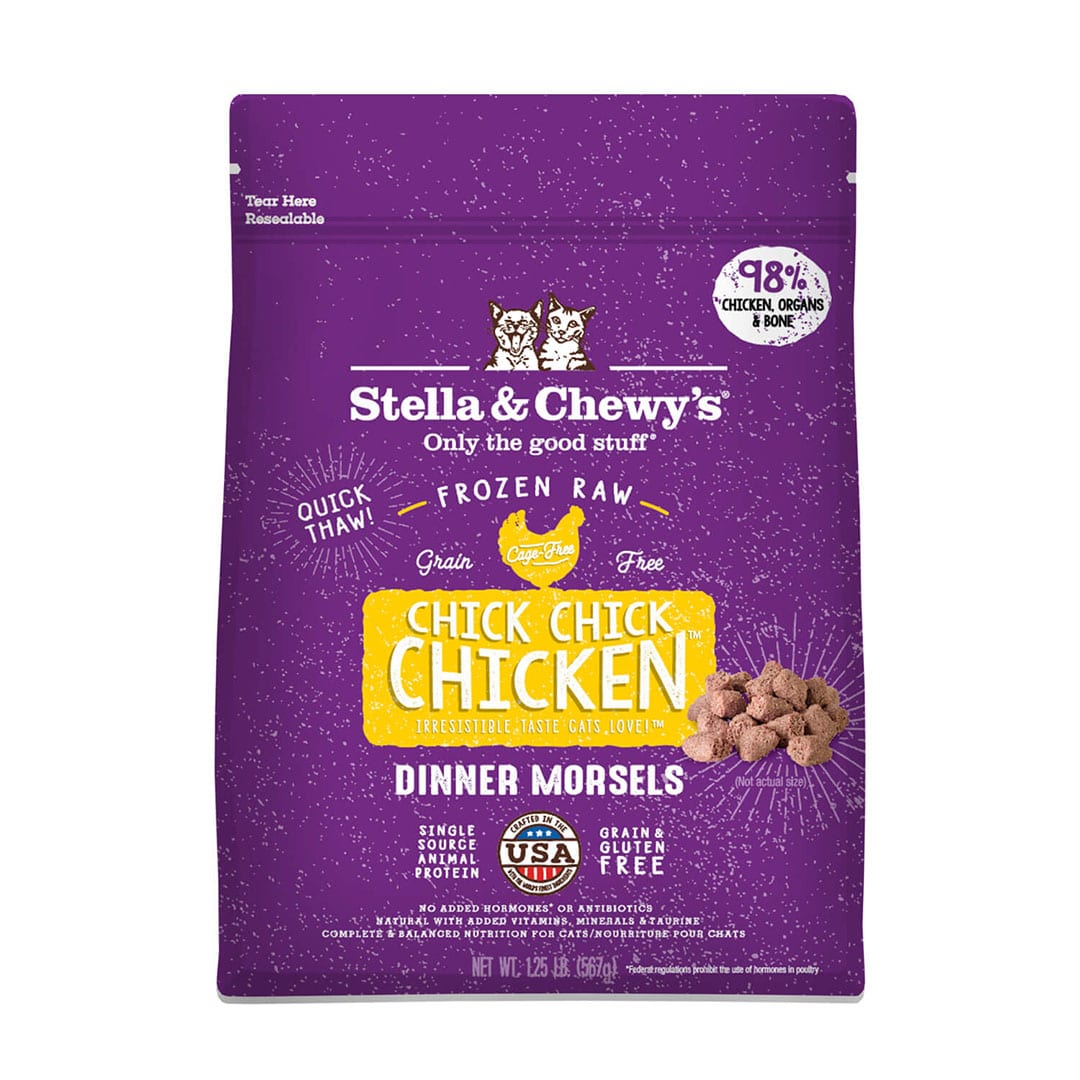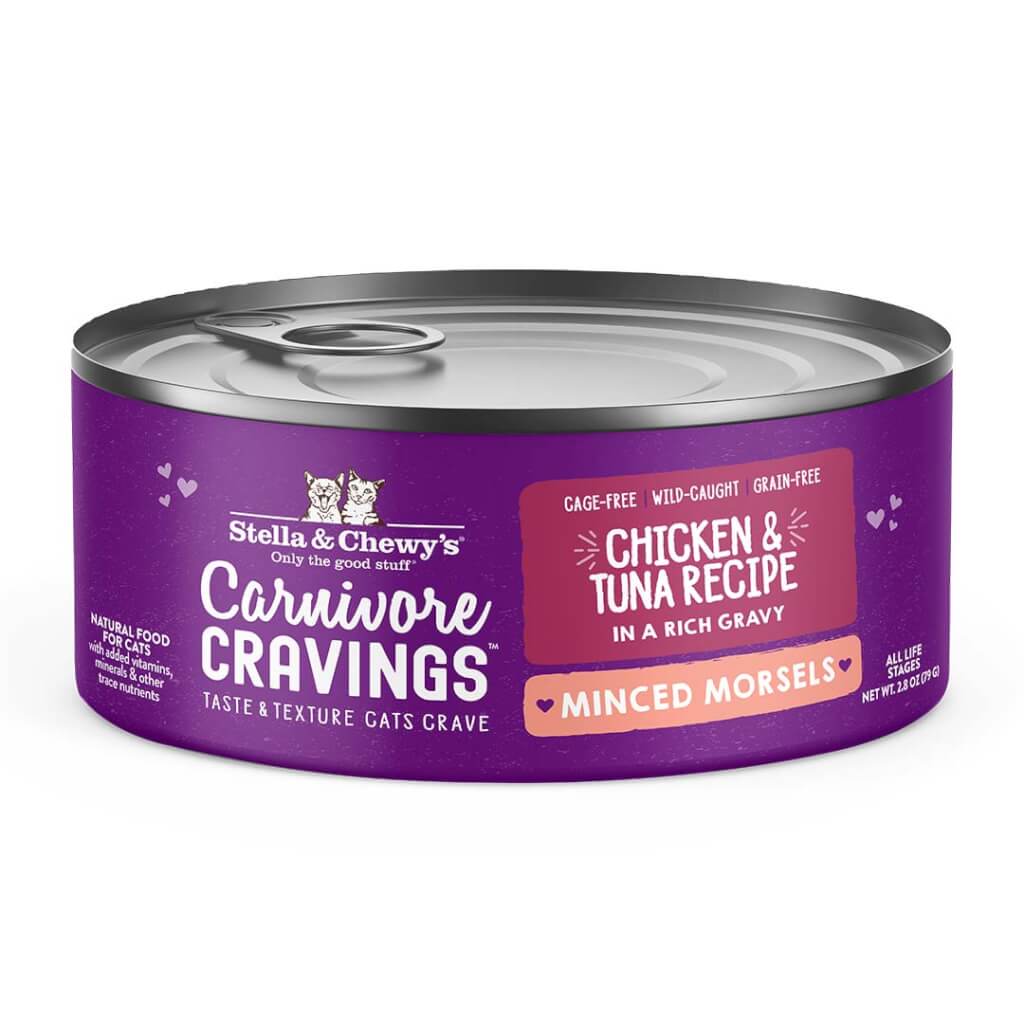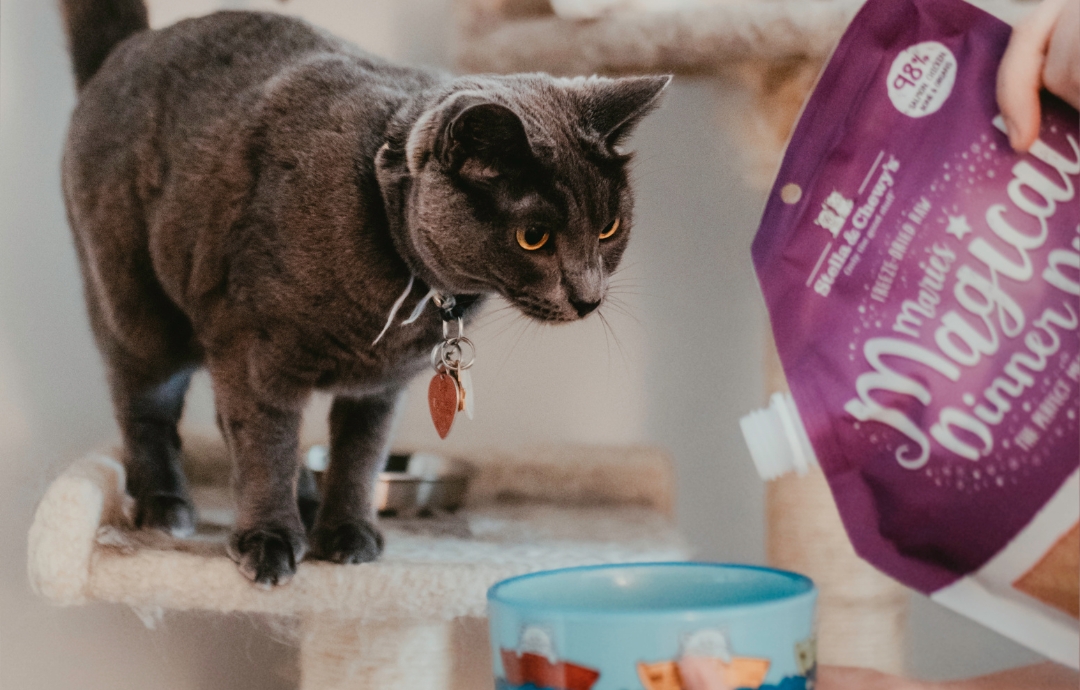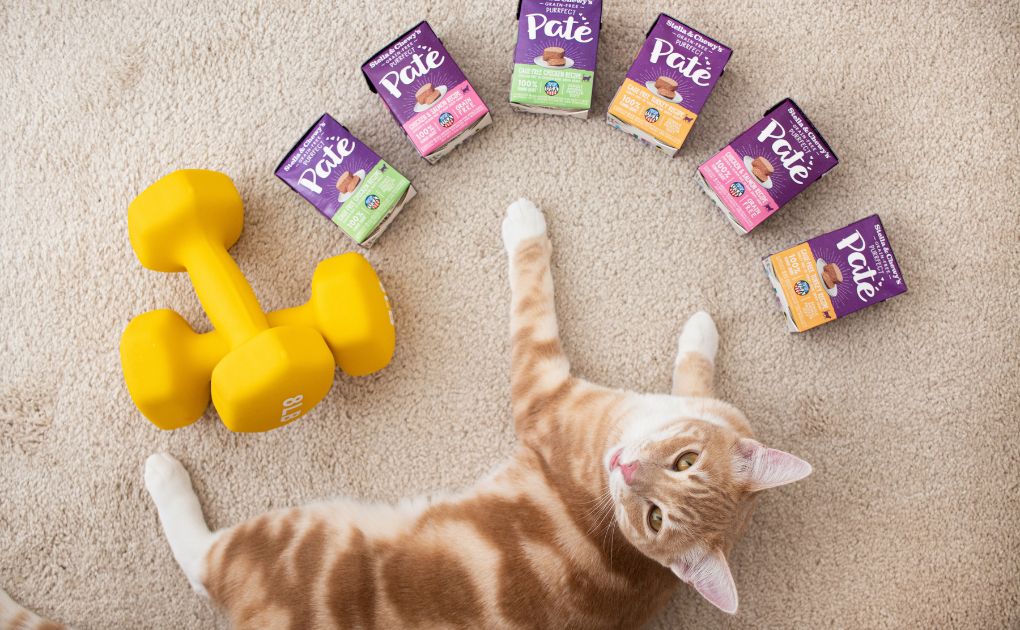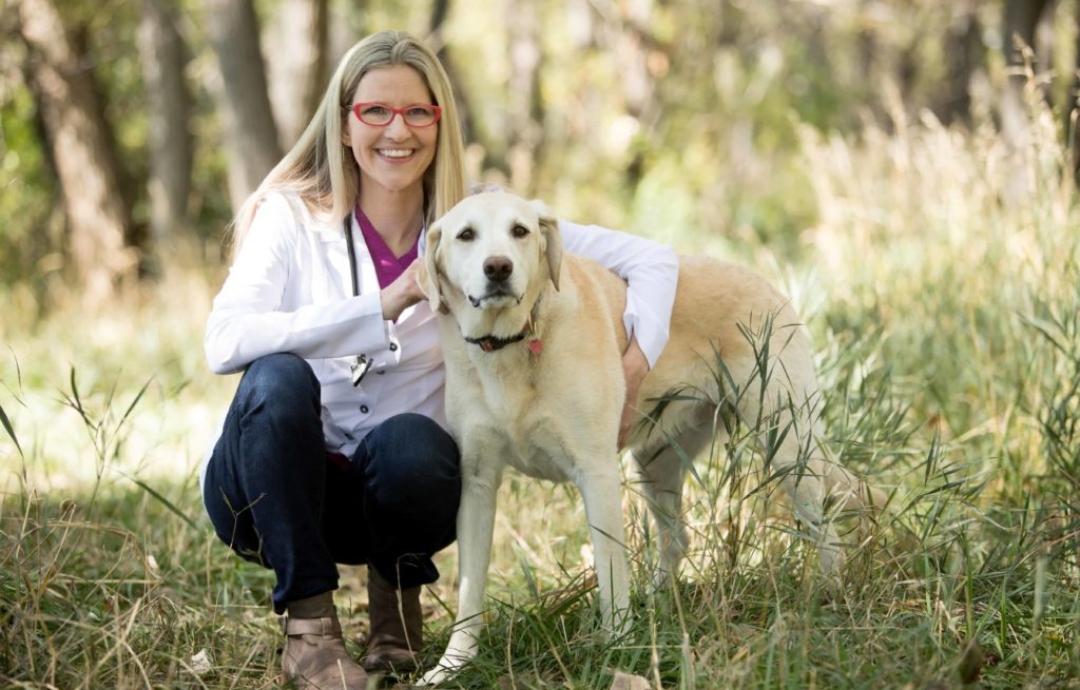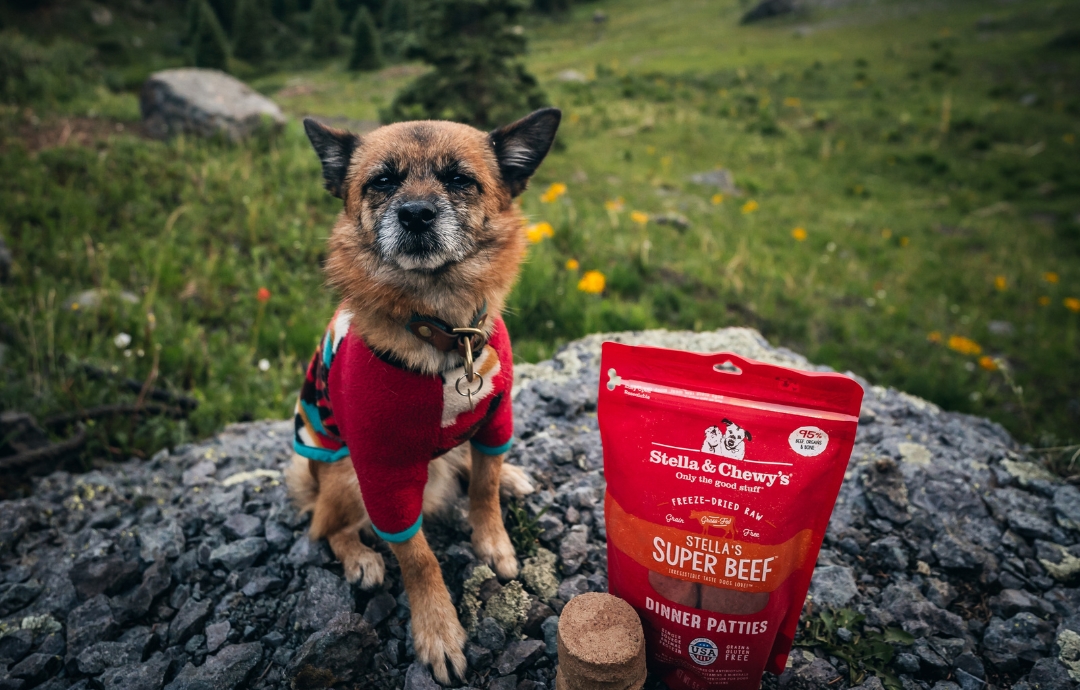
Your cat isn’t just a sweet furball posing in Instagram-worthy positions while napping 20 hours per day. That kitty is an apex predator designed to live off their keen hunting skills. Cats are obligate carnivores, which means they have to eat meat to live. In fact, cats don’t have any real dietary requirement for carbohydrates as their bodies are designed to make glucose from fat or protein.
Low-Carb Diets Are Natural for Cats
Your kitty’s feral counterparts eat primarily small mammals, birds and insects. These diets are high in protein and moisture and low in carbohydrates. This is an ideal diet composition that we should aim to feed our indoor hunters. The most ideal way to mimic the composition of a mouse with commercial pet food is to feed a wet food or a balanced raw diet, because raw and canned diets are generally high in protein and moisture and low in carbohydrates.
Cats Can Digest Carbohydrates… Sometimes with Drawbacks
As you know, cats are amazing and can and have adapted to diets higher in carbohydrates. However, feeding diets with high levels of carbohydrates can come at a cost. Excessive carbohydrates can increase tartar accumulation and periodontal disease. Increased carbohydrate content may also contribute to cats being overweight and developing diabetes. Kitties that are overweight have higher risks of inflammatory diseases such as arthritis and pancreatitis. If cats are diagnosed in the early stages of diabetes, feeding a low carbohydrate diet often completely reverses this disease.

Transitioning Your Cat to a Lower-Carb Diet
If you have been feeding your cat something other than a wet or a raw diet, I don’t want you to worry. It’s never too late to increase protein and decrease carbohydrates in your cat’s diet. Most cats can benefit from this change no matter their age and diet history. If your kitty suffers from moderate to severe kidney disease, a low protein diet will help them feel better for longer. When possible, use a wet version of a low protein diet recommended by your veterinarian.
Here are a few easy ways to shift your kitty to a more species appropriate diet.
- Offer your cat a canned or pouch food once daily. Start by adding the new food next to their current food. Providing cats with choice can pique their curiosity and will avoid applying pressure to their mealtimes.
- Freeze dried raw. These diets can mimic a higher carbohydrate diet in texture which could appeal to your cat while you transition to a lower carb diet. The goal is to add water or broth for moisture but start by offering your kitty these formulas dry.
- Use a kibble lower in carbohydrates and higher in protein, like a raw blend or raw coated kibble for cats. This may be an excellent way to reduce carbohydrates for your cat when they prefer dry food.
- Offer your cat several meals per day when transitioning to a high protein and low carbohydrate diet. This helps prevent hunger and will mimic how your kitty would naturally eat as that apex predator.
Change can be challenging, so be easy on yourself and your kitty in this process. I am cheering you on as you take this positive step toward a healthy diet designed for your cat’s body. Keep reading to learn about the benefits of rotating proteins in your cat’s diet.
GET $3 OFF, INSIDER OFFERS, AND HELPFUL PET CARE TIPS.
By entering your information, you are opting in to receive communication from Stella & Chewy's

